CNIM delivers the final radial plate for Europe’s Toroidal Field coils
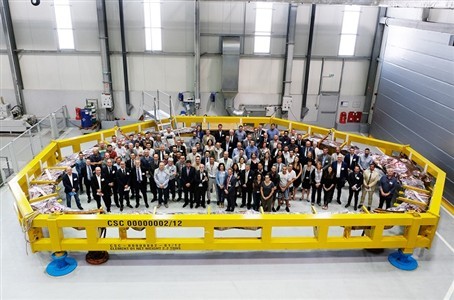

Europe’s final radial plate, which will house in its finely machined grooves the superconducting conductor of the ITER Toroidal Field coils (TF), has been manufactured. The contract signed between F4E and the consortium of SIMIC and CNIM for a value of 150 million EUR, has been successfully concluded.
On Tuesday 23 May, the impressive D-shape component measuring 13 x 9 m and weighing roughly 10 T, sailed from the port of La Seyne-Sur-Mer (France) to La Spezia (Italy) to join the production line of Europe’s TF coils unfolding in the facility of ASG Superconductors.
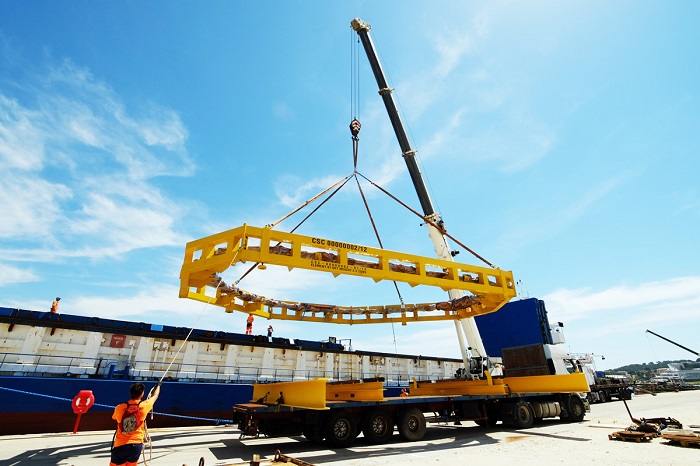
The production of all 70 radial plates has been completed in line with the tight schedule and budget. The collaboration of the two companies, which are different in size and are operating in two different countries, is in itself a European success story. They have shared the workload, their know-how and have worked hand in hand to meet the requirements of this demanding task. This partnership is also congruent with the spirit of international collaboration that the ITER project promotes.
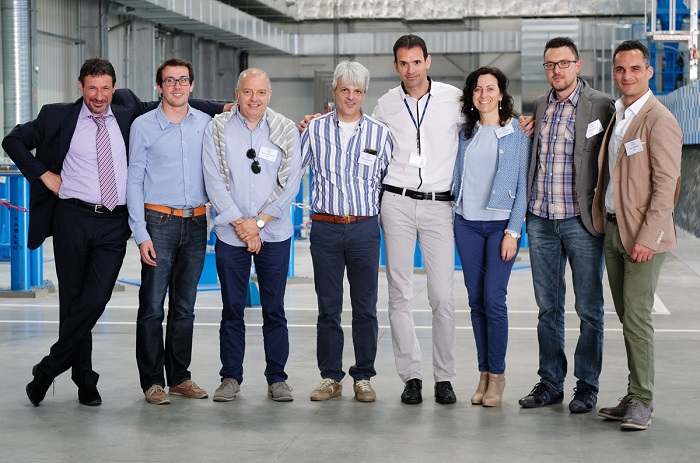
Over the last four and a half years in this facility, which CNIM has upgraded with new tooling and new people, the high-tech machines have been working relentlessly under the supervision of teams rotating three times per day. After having completed the inspection of the last radial plate, the component has been carefully packed, loaded on MV STAPELMOOR, the vessel which will cross the sea one more time to deliver it safely to Italy.
The material used, the quality of welding, the scale of the parts, the dimensional tolerances and the pace of manufacturing have made this a very complex project, both in terms of technology and project management. CNIM has met these challenges by adapting its range of industrial tooling. “Programmes like ITER are great accelerators of innovation”, explains Philippe Lazare, CEO of the Industrial Systems Division. “CNIM’s ability to be reactive and mobilise its resources is a real asset.” The company has therefore acquired two 15 x 10 m portal machines for the fabrication of large parts, housed in a bespoke air-conditioned 3 000 m² facility with direct access to the sea, which is vital for the transportation of the radial plates to Italy.
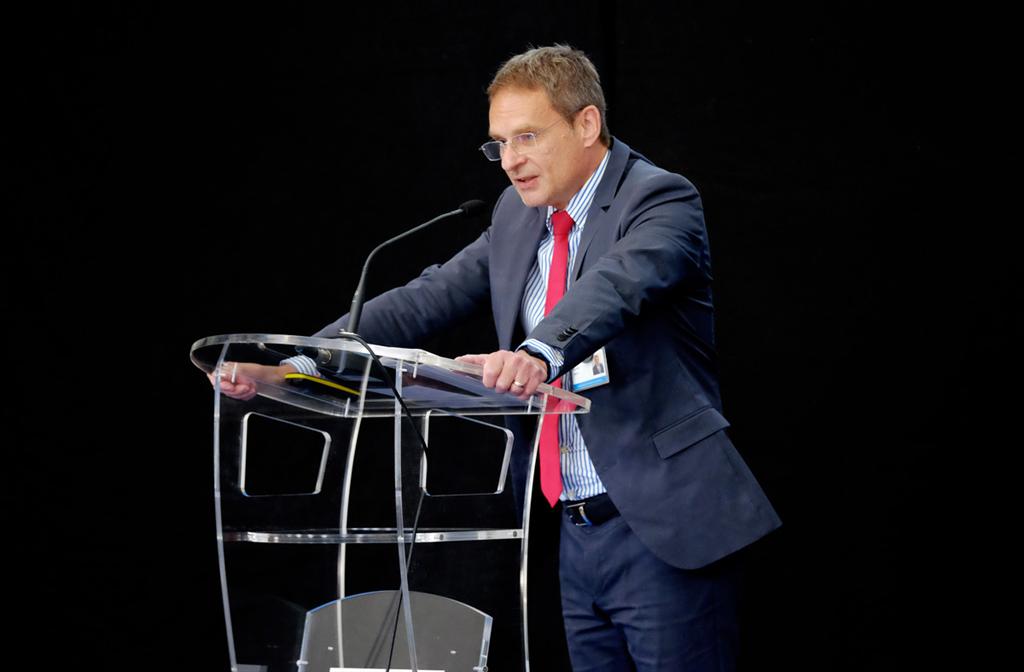
The processes implemented for the production of the radial plates – electron beam welding in local vacuum and final machining – were developed as part of an internal R&D programme, and then under a contract with F4E between 2009 and September 2012. This made it possible to achieve exceptional levels of performance in terms of tolerances and welding quality. “We have successfully overseen the forging of stainless steel blanks of very large dimensions, constantly pushing the boundaries of technology”, says Jean-Claude Cercassi, CNIM’s Development Director for the ITER Programme.
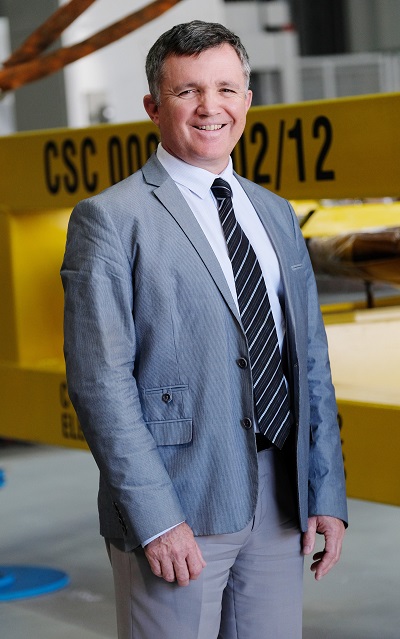
The fabrication of the radial plates has been counting more than 300 000 hours of work for CNIM, which has been carried out by at least sixty employees. “Thanks to the commitment and mobilisation of the teams, CNIM has managed to deliver a product of high quality while respecting the delivery schedule of one radial plate every three and a half weeks”, explains Jacques Silva Ribeiro, CNIM’s Manufacturing Methods Manager. “We have made considerable improvements in our project management methods particularly by involving our partners more and through the systematic implementation of back-up plans”.
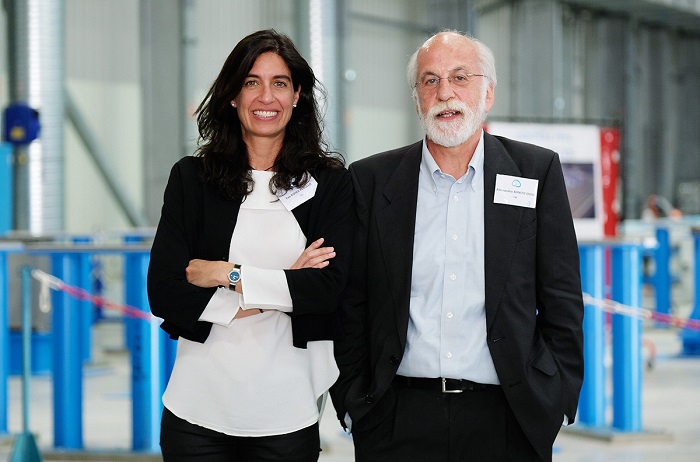
Eva Boter, F4E’s Technical Officer managing this contract, recalls how it all started: “We needed to develop a series of smaller prototypes in order to reach the full scale components. It was an exercise in many stages. With every step we made we gained confidence. I remember when we presented at MT-22, the Magnets Technology conference, parts of the real size mock-ups of the radial plates, and people were gathering to view them. They were fascinated by the machining and precision that underpin this equipment.”
Alessandro Bonito-Oliva, F4E’s Project Manager for Magnets, remembers the first information meeting that took place almost eight years ago where companies expressing interest in the fabrication of the radial plates were invited to F4E. “We have come a long way since that meeting where we needed to figure out who was interested in their production, understand if they had the know-how and whether they would they be inclined to compete. Today, we stand in front of the final radial plate ready to find its way to ITER. I would like to congratulate our industrial partners for this achievement and the members of the team. Europe has proudly concluded one of its main contracts in the area of magnets.”